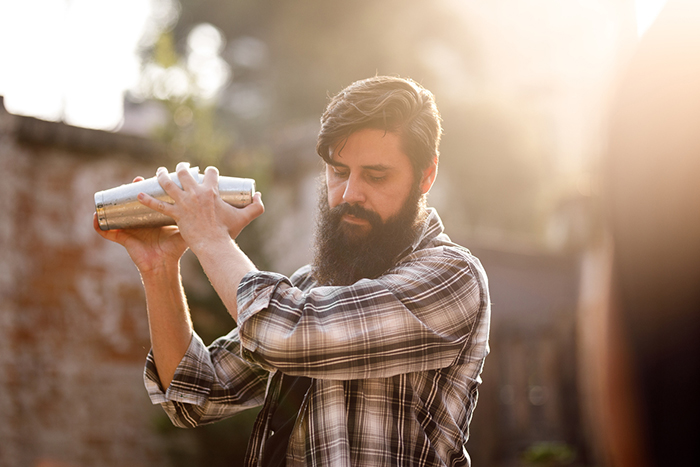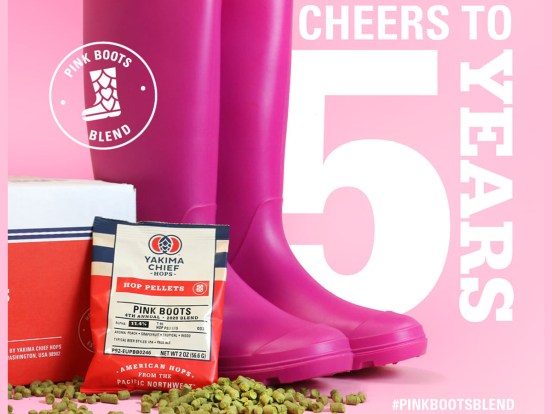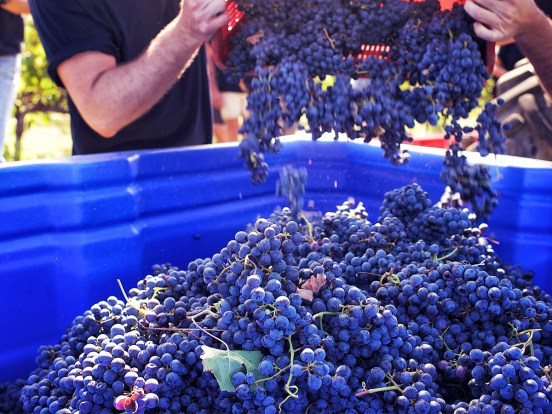As people move their drinking and social habits to the online world, the IWSR says that social media content and engagement will offer a sense of discovery, community and social giving that will do well in today’s climate.
“Connection is the one thing people need right now. Engagement via voice, text and image is taking the place of human-to-human interaction,” says Brandy Rand, COO of the Americas at the IWSR. “This is why there’s a massive increase in video conferencing software downloads like Zoom, as people migrate towards interactive group engagement. What’s telling about this is the real need for human connection that a simple Instagram post cannot replace entirely.”
Industry professionals are leveraging social media as they adapt their jobs to the virtual world, here’s how.
Virtual bars and happy hours
As feelings of boredom, loneliness and powerlessness set in during lockdown, people will turn to social media to carry on the social traditions they enjoy, key of which is happy hour and/or after-work drinks, says the IWSR. Virtual happy hours, hosted on video-chat platforms such as Zoom, Houseparty and Google Hangouts, tend to be small-scale events, limited to a particular group of friends or colleagues.
However, liquor brands can get in on the action by promoting virtual happy hours via their social media channels and offering advice on how they could be run and what beverages could be consumed.
Some have even set up their own campaigns – for example, the New York State Brewers Association launched a virtual happy hour that will take place on a different member brewery’s Facebook page every day, focusing on a particular topic or game. This type of virtual happy hour is less intimate, but can reach thousands of people and keep brands top of mind.
On-premise operators are also experimenting with virtual bars, which extends the concept of virtual happy hours. Through virtual bars, on-premise operators can live stream bartenders offering recipes or live mixology, live-stream DJ’s, or offer interactive virtual Q&A sessions with industry influencers, brand ambassadors or leading bartenders.
Use the power of the hashtag
Encouraging customers and consumers to use hashtags on their social media can keep brands at the forefront of people’s minds, stay connected and also raise money for the hospitality industry. Campaigns such as #virtualdrinkshospitality and #virtualdrink4hospitality are encouraging people to start a tip jar every time they have a drink at home, with the goal of them later donating their tips to an industry cause and/or on-premise establishment in a gesture of solidarity and support for the drinks community.
Virtual tipping
Out-of-work bartenders can also tap into the power of social media by offering engaging and/or educational content in return for virtual tips. Bartenders can upload videos and content offering recipes, mixology tips or live Q&As, in return for virtual tips through services such as PayPal or Venmo.
“Twitter and Instagram Live tastings have proven popular in the past and could be effective in keeping consumers entertained at home as well, while linking them to a wider network of drinks fans,” adds IWSR’s Brandy Rand. This is something both bartenders, as well as brand owners and on-premise operators can leverage. Rand adds, “an extension of this includes offering private virtual events, where virtual tastings can be tailored for private virtual parties.”
For more from the IWSR, head to www.theiwsr.com




